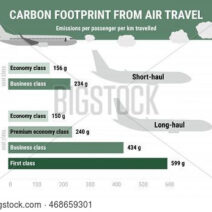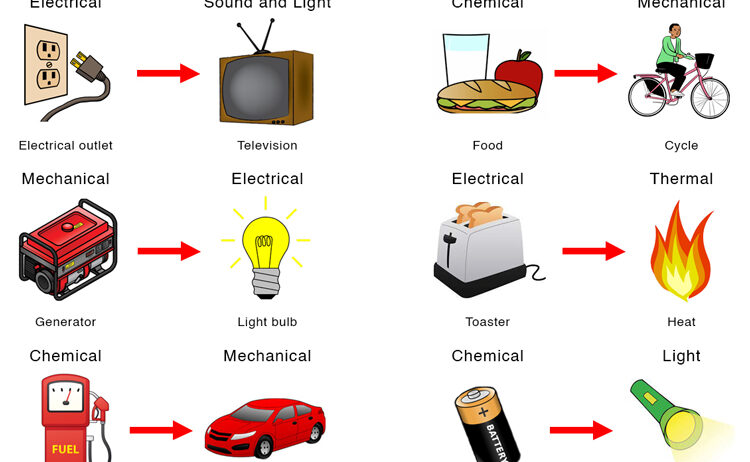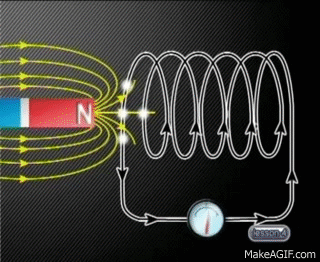Conservation of energy is a crucial principle in physics that stipulates that the total energy in an isolated system remains constant over time. Various real-life examples vividly illustrate this pivotal concept. Here, we delve into multiple facets of energy conservation, showcasing how these examples affect everyday life, industry, and the broader environment.
One of the most prevalent examples of energy conservation is the mechanical energy conservation observed in roller coasters. As the coaster ascends to the highest point, gravitational potential energy accumulates. Once it plunges downwards, that stored energy is converted into kinetic energy, propelling the ride forward with exhilarating speed. This transformation not only demonstrates the conservation principle but also engages physics enthusiasts with both excitement and education.
In the realm of renewable energy, solar panels epitomize the transformation and conservation of energy. Photovoltaic cells convert sunlight directly into electricity, harnessing radiant energy while minimizing waste. The efficacy of solar technology in retaining its energy production helps mitigate reliance on fossil fuels, showcasing an essential step towards sustainable energy practices. Such systems epitomize a vital response to the global energy crisis, emphasizing societal shifts towards greener solutions.
Another striking instance is hydropower, where gravitational energy is harnessed through water bodies. Dams store potential energy when water is accumulated at a height. When released, this potential energy converts to kinetic energy, driving turbines and generating electricity. This remarkably efficient process epitomizes the conservation of gravitational energy to yield usable power while minimizing carbon emissions. Adopting hydropower on a global scale presents an incredible opportunity for nations to embrace cleaner energy sources.
In transportation, hybrid vehicles serve as a testament to the ongoing journey of energy conservation. By employing both internal combustion engines and electric motors, these vehicles optimize fuel efficiency. During braking, kinetic energy converts back into stored energy in the battery through a process known as regenerative braking. This innovation minimizes energy wastage and enhances overall vehicle performance, reflecting a harmonious balance between modern technology and energy conservation.
In nature, the water cycle exemplifies a grand-scale application of energy conservation. Sunlight elevates water from oceans and lakes, transforming it into vapor. This potential energy eventually leads to precipitation, returning water to the earth. From hydrologic to thermal, the cyclical transformations in the water cycle manifest conservation principles, influencing climatic patterns, ecosystems, and human activities. Understanding these dynamics cultivates a deeper appreciation for environmental sustainability.
The principle of energy conservation also extends into architecture with green building designs. These structures maximize energy efficiency through various techniques, such as passive solar heating and natural ventilation. By harnessing sunlight and exploiting thermal mass, buildings can significantly reduce reliance on artificial heating and cooling systems. The innovation in materials and design conserves energy while enhancing occupant comfort and reducing operational costs.
Consider the phenomenon of energy conservation within the context of sports. Athletes harness kinetic and potential energy to optimize their performance. For example, a pole vaulter uses kinetic energy gained during the run-up to elevate their center of mass. The transition of energy from motion to height showcases the intricate dance of forces involved in athletic competitions. This not only highlights the biological application of energy conservation but also engages audiences and inspires aspiring athletes.
Moreover, in household applications, numerous tools embody the conservation of energy principle. Regular appliances, such as refrigerators, utilize thermodynamic cycles to maintain low temperatures without excessive energy loss. High-efficiency models utilize improved insulation and advanced compression techniques to optimize energy use while minimizing environmental impact. The trend towards smarter appliances underscores a collective commitment to reduced energy consumption.
Finally, the realm of physics incorporates energy conservation through everyday technologies like LED lighting. Unlike incandescent bulbs, LEDs convert a higher proportion of energy into visible light rather than heat. This efficiency directly reduces energy consumption, ultimately contributing to lower electric bills and diminished environmental footprint. The transition towards LED technology signifies more than a mere upgrade; it represents a conscious shift towards energy conservation practices.
The omnipresence of energy conservation examples in daily life, industry, and nature underscores a fundamental principle that governs our existence. From the thrilling descent of a roller coaster to the quiet effectiveness of solar panels, the transformational power of energy conservation manifests in myriad forms. With an unwavering commitment to sustainability, society can harness these examples to foster a more energy-efficient future while preserving the natural world for generations to come. Energy conservation is not merely a concept; it is a way of life that embodies our responsibility towards stewardship of the planet.
In summary, physics presents a compelling narrative of energy conservation embedded within life’s myriad processes. The blend of technology, nature, and human ingenuity offers a dynamic tableau reflecting our ongoing quest for sustainable energy solutions. Embracing these principles is essential for the advancement of a healthier planet and a thriving society, and recognizing the interwoven nature of energy will empower future generations to make informed choices.







